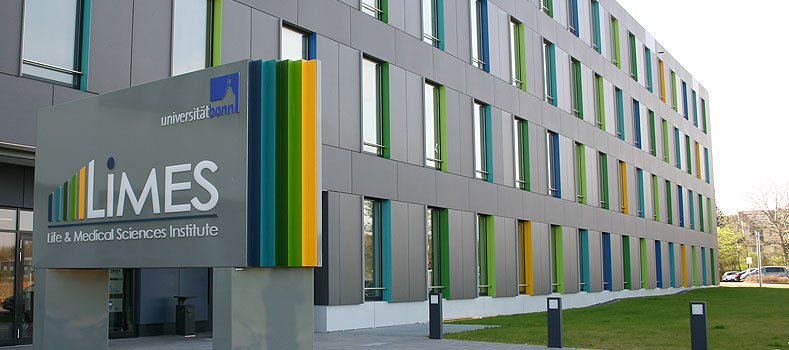Prof. Dr. Jan Hasenauer, Computational Life Sciences
Group Leader
Hausdorff Center for Mathematics - HCM
Room 2.003
Villa Maria, Endenicher Allee 64
53115 Bonn
+49 (0)2 28 / 73 - 6 94 46
Areas of investigation/research focus
Our research group focuses on the development of mathematical and computational methods for the data-driven analysis of coupled, multi-scale biological processes. These methods facilitate the model-based integration of different datasets, the critical assessment of the available information, the comparison of competing biological hypothesis and the tailored selection of future experiments. Following the philosophy of Galileo Galilei:
“Measure what can be measured, and make measurable what cannot be measured.”
we use models to reconstruct properties of the system which cannot be assessed experimentally. This results in an improved holistic understanding of biological systems
Methodologically, our research focuses on:
- Mechanistic modeling using
- ordinary differential equations,
- partial differential equations,
- chemical master equations,
- mixed-effect models and
- agent-based models
- Statistical analysis using mixture models
- Parameter estimation
- Identifiability and uncertainty analysis using
- profile likelihoods / posteriors and
- Markov chain Monte Carlo sampling
- Model selection and hypothesis testing
- Experimental planning
Key publications
Hasenauer J, Hasenauer C, Hucho T, Theis FJ “ODE constrained mixture modelling: A method for unraveling subpopulation structures and dynamics”. PLoS Computational Biology, 10(7): e1003686, 2014
Heinrich S, Geissen E-M, Trautmann S, Kamenz J, Widmer C, Drewe P, Knop M, Radde N, Hasenauer J, Hauf S “Determinants for robustness in spindle assembly checkpoint signalling". Nature Cell Biology, 15(11):1328-1339, 2013
Hasenauer J, Wolf V, Kazeroonian A, Theis FJ “Method of conditional moments (MCM) for the chemical master equation”. Journal of Mathematical Biology, 69(3):687-735, 2013
Andres C, Hasenauer J, Ahn H-S, Joseph EK, Isensee J, Theis FJ, Allgöwer F, Levine JD, Dib-Hajj SD, Waxman SG, Hucho T “Wound healing growth factor, basic FGF, induces Erk1/2 dependent mechanical hyperalgesia”. Pain, 154(10):2216-2226, 2013
Hasenauer J, Schittler D, Allgöwer F “Analysis and simulation of division- and label-structured population models: A new tool to analyze proliferation assays” Bulletin of Mathematical Biology, 74(11):2692-2732, 2012






